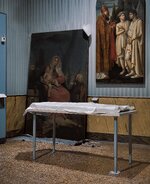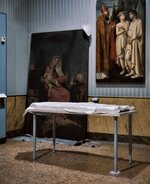You are using an out of date browser. It may not display this or other websites correctly.
You should upgrade or use an alternative browser.
You should upgrade or use an alternative browser.
Critique Welcomed Surgery in progress — Do not enter
- Thread starter Gianluca Drago
- Start date
Gary R. Smith
Well-Known Member
I don't notice anything over done; in fact it's just another example of your great eye (and your great LX100).Perhaps I overdid it a bit
Pete Askew
Admin
Neither did I and I think the overall balance and tones work beautifullly.
Great title always and it transforms the scene, which was already compelling. In each picture there is one or more people appearing to reassure another that all will be fine and it is just a normal procedure.
Great title always and it transforms the scene, which was already compelling. In each picture there is one or more people appearing to reassure another that all will be fine and it is just a normal procedure.
Gianluca Drago
Well-Known Member
In each picture there is one or more people appearing to reassure another that all will be fine and it is just a normal procedure.
This is a perceptive observation, @Pete Askew!
Shlomi Ofir
Active Member
I love this capture
Gianluca Drago
Well-Known Member
When you shoot with a Micro 4/3 camera (mine is a Panasonic Lumix LX100 Mark II), which has a relatively small sensor, you run into problems in low-light conditions. The ISO goes up, the digital noise increases, and you end up losing a lot of detail. In such situations – low light combined with a small sensor – sometimes the results from a smartphone can actually look better. In the documentation I gathered for Padova decorata (https://www.padova-decorata.it), there are two or three photos that are practically unwatchable because of how poor in detail they are.
Only AI can really recover images like these, since the information is lost to begin with and no traditional photo editing can bring back what isn’t there. But I don’t have expensive AI software that applies secret algorithms to enhance image quality. I came across an open-source project, freely available and usable in my workflow, called nind-denoise (https://github.com/hqhoang/nind-denoise). For those who use Darktable, here’s more info: https://discuss.pixls.us/t/feedback-needed-integrating-nind-denoise-with-darktable/51393. I tried installing it on my computer – not at all straightforward – but it did allow me to save those two or three images I wanted to include in Padova decorata.
As a test, I also tried nind-denoise on this photo, and here’s the result: a lot more detail, no noise, and almost everything in focus. But I’m not sure whether I prefer this version, which feels almost too perfect, or the original one. What do you think? Sincerely, what do you think?

Only AI can really recover images like these, since the information is lost to begin with and no traditional photo editing can bring back what isn’t there. But I don’t have expensive AI software that applies secret algorithms to enhance image quality. I came across an open-source project, freely available and usable in my workflow, called nind-denoise (https://github.com/hqhoang/nind-denoise). For those who use Darktable, here’s more info: https://discuss.pixls.us/t/feedback-needed-integrating-nind-denoise-with-darktable/51393. I tried installing it on my computer – not at all straightforward – but it did allow me to save those two or three images I wanted to include in Padova decorata.
As a test, I also tried nind-denoise on this photo, and here’s the result: a lot more detail, no noise, and almost everything in focus. But I’m not sure whether I prefer this version, which feels almost too perfect, or the original one. What do you think? Sincerely, what do you think?

Gord Tomlin
Well-Known Member
The title proposed a scenario that did not occur to me when I looked at the photo. Well seen!
Regarding nind-denoise, which I have not tried yet, I'm not sure whether I prefer the photo with or without it. You were actually there on the scene...did the real paintings have the level of clarity and detail that is seen in the denoised image?
Regarding nind-denoise, which I have not tried yet, I'm not sure whether I prefer the photo with or without it. You were actually there on the scene...did the real paintings have the level of clarity and detail that is seen in the denoised image?
Gord Tomlin
Well-Known Member
BTW, how do you add the "critique welcomed" notation to your post title?
Gianluca Drago
Well-Known Member
The title proposed a scenario that did not occur to me when I looked at the photo. Well seen!
Regarding nind-denoise, which I have not tried yet, I'm not sure whether I prefer the photo with or without it. You were actually there on the scene...did the real paintings have the level of clarity and detail that is seen in the denoised image?
Thanks, @Gord Tomlin , for your prompt reply. I don’t know either which of the two photos (or perhaps I should say which of the two renderings, since even the first one, being digital, involves a technological-digital intervention) I prefer. How did I see the scene on the spot? I had my glasses on, so I saw it all sharp and in focus, like in the second image I posted. But I’m not naïve—I understand that photography, especially creative or artistic photography, is often beautiful precisely because it departs from the reality perceived by the human eye and brain. Perhaps documentary photography (for example photographing a work of art with the greatest possible fidelity to the original) can benefit from AI. Photojournalism already follows other rules, and sometimes blur is very important in drawing attention to the subject. And in creative photography, of course, any fidelity to the original can quite happily be set aside.
Gianluca Drago
Well-Known Member
Gianluca Drago
Well-Known Member
I had my glasses on, so I saw it all sharp and in focus, like in the second image I posted.
Well, things aren't actually as simple as I describe them here. When you look at a scene unfolding in three-dimensional space, your eye-brain pair never has everything in focus; it depends on where your eye rests. But on the other hand, also when you look at a 200px-wide image on your computer monitor, you never perceive it as being entirely in focus; it always depends on where your eye falls.
Gord Tomlin
Well-Known Member
When you publish something, you can access a drop-down menu next to the title field (see screenshot where it says "(No prefix)").
Interesting...in the "Locations" category, where I placed my recent post, the only choices allowed are (No prefix) and Alice. I doubt Alice would be happy if I used her as a critique indicator!When you publish something, you can access a drop-down menu next to the title field (see screenshot where it says "(No prefix)").
View attachment 22763
Gianluca Drago
Well-Known Member
Interesting...in the "Locations" category, where I placed my recent post, the only choices allowed are (No prefix) and Alice. I doubt Alice would be happy if I used her as a critique indicator!
Pete Askew
Admin
I have no idea where ‘Alice’ came from, but she is no more! You should have been able to see more choices though and I’m not sure why you couldn’t. I’ll investiage further.Interesting...in the "Locations" category, where I placed my recent post, the only choices allowed are (No prefix) and Alice. I doubt Alice would be happy if I used her as a critique indicator!


